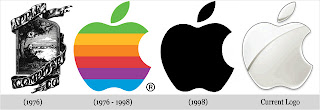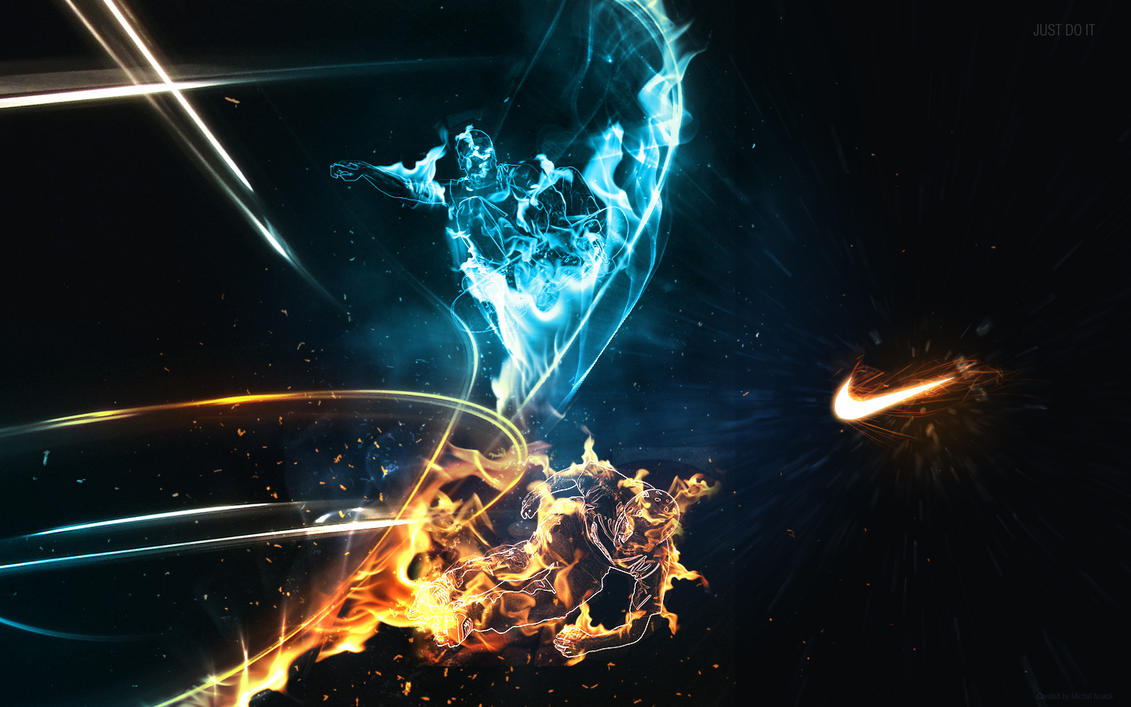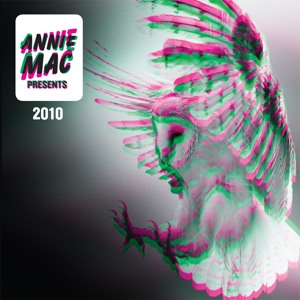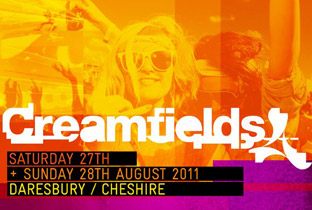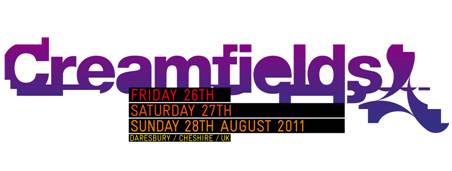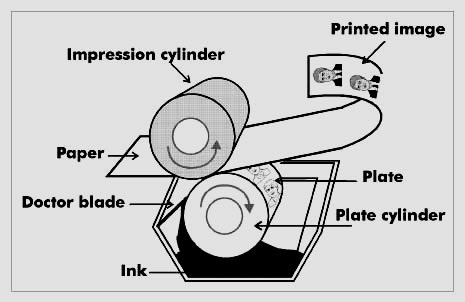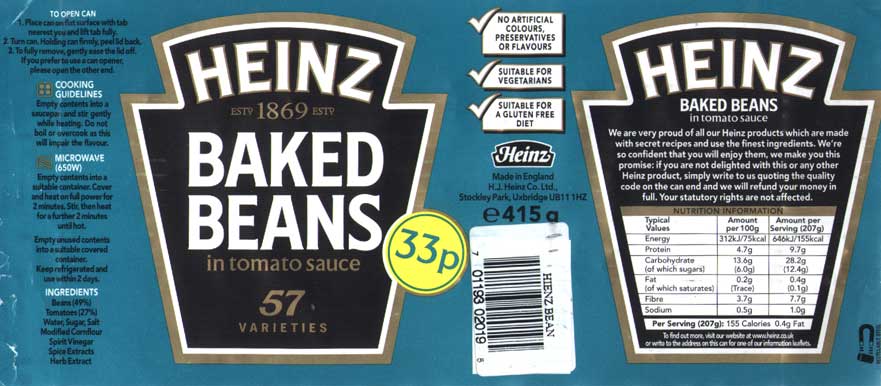NOTES
- Between 1st and 2nd year, students dont think visually throughout the summer and haven't spent time owrking on it.
- As a designer, every decision is made based on how it looks visually e.g. trials, tests and visual experience
- The idea of this project is to try and break any fixed views.
- It is not about just an idea or just developing a concept, it is a bout CONSISTENTLY reviewing all of it and constantly reviewing your work
WORKSHOP EXERCISE
- Today was about translating what our 'GOOD' was, into a brand by generating a logo
- BRANDING & IDENTITY - make sure which directions the client wants to go for
- LOGO; part of a brand
4 MAIN GRAPHIC ELEMENTS
- COLOUR
- TYPEFACE/LETTERFORM
- IMAGE/SYMBOL
- WORD
- SHAPE (in additional to image)
These are the elements which every logo is designed around
The task we had to do today was to fold our sheet of paper into 32 pieces, in ever folded box we had to draw a logo.
There were 3 parts to the exercise;
- Draw 32 logos that visually represent the your GOOD - think about the letterform etc
- Chose one world and visually represent it just through letterforms (8 logos)
- Chose one letter from the word and represent it in the format our chosen logos have been formed
- Visually represent your 'GOOD' through just image
The aim of this exercise was to get quick responses and formations of logos, to bash out our different ideas quickly and produce a huge number of ideas and formations.
I found that it was a very productive exercise although I did not fully understand what I was doing at the start, and miss-interpreted 'visual representation' of the letterforms and thought it was meant to be more based around image. After I understood what I was doing I found it more effective. Producing the vast numbers of logos at speed was quite problematic. I did not complete the 32 in the specific time period, although for the other exercises I








